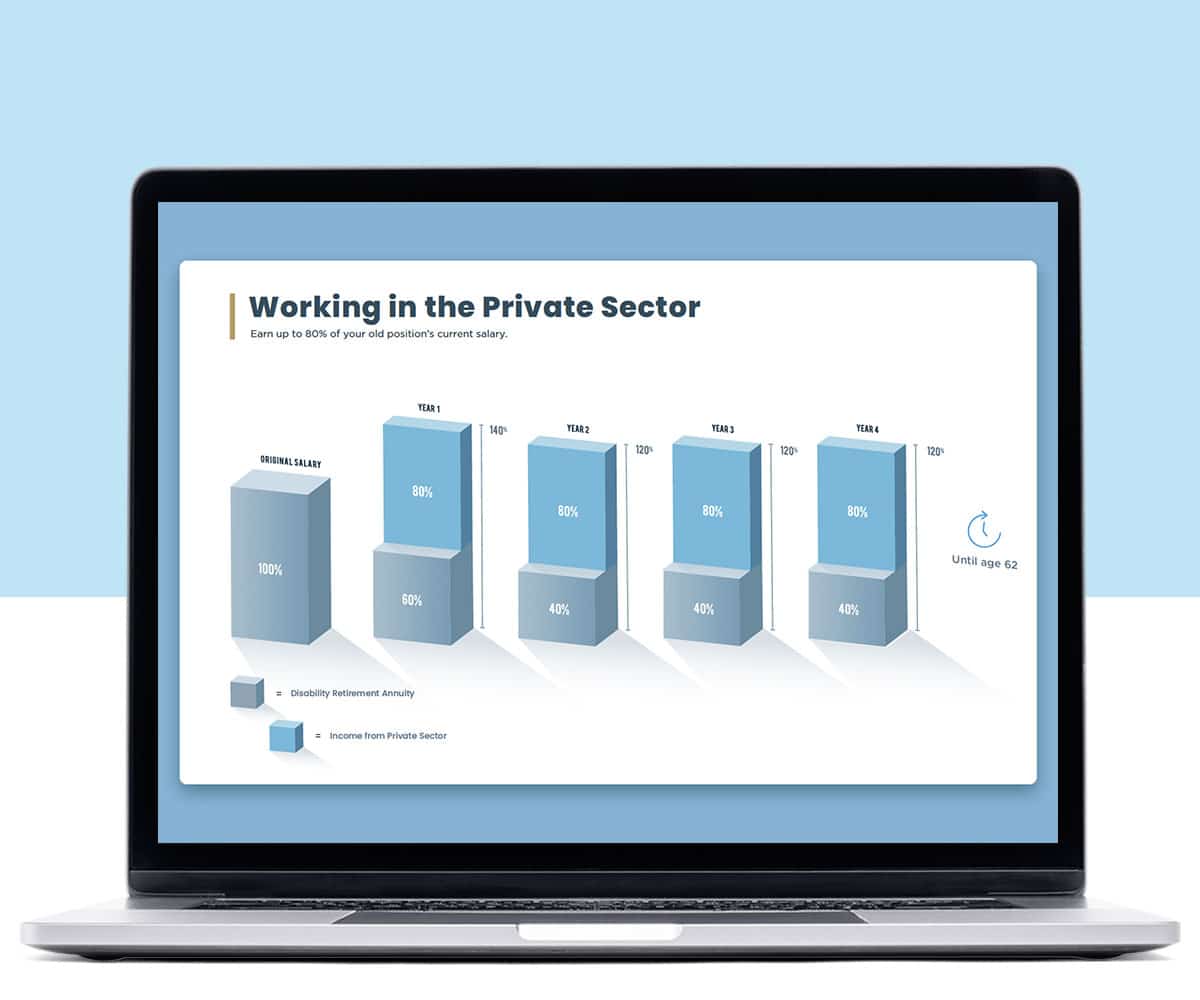
Current federal employees and retirees may have reason to worry about changes to the federal retirement system. Federal financial experts are saying proposals in the FY2018 budget, just released, could leave a significant impact on both current retirees and employees, and future workers.
Trumps’ full budget proposal outlines $3.6 trillion in cost reductions over the next 10 years, including changes to the federal retirement system that would save the government more than $4.1 billion in 2018 and at least $149 billion over the next 10 years.
Specific Changes to the Retirement Systems
- Increase in employee contributions by one percent each year for the next 6 years
- Eliminate COLA’s for current and future FERS participants
- Cutting COLA’s by 0.5 percent for CSRS participants of what the typical formula currently allows
- Basing future retirement benefits on the average of an employee’s highest 5 years of salary. It is currently based on length of service, salary, and highest 3-year average salary.
The two that are the most worrisome are increasing employee contributions and eliminating the COLA for FERS participants. These changes could force current employees to delay their retirements to contribute more to their TSP’s. This would decrease an employee’s monthly take-home pay, which may cause an undue hardship.
Good or Bad News?
Art Stein, a financial planner, and investment manager said, “It means the purchasing power of the FERS annuity is going to decrease every year. How much will solely depend on how high the inflation rate is. Although the inflation rate has been low for some time, there’s no reason to expect that to continue. I really worry about people who are already retired, because retirement planning has been based upon the promises and guarantees from the federal government about their retirement annuity, and suddenly they’re going to see a big decrease in future benefits.”
Eliminating the COLA would require FERS retirees to use their savings more quickly as the rate of inflation increases. These changes may also lead to a problem with recruiting and retaining workers in the future. “Historically, people who maybe were on the fence one way or the other as to who to go to work for when they got out of college, the ones who leaned toward government were because of benefits like this. How are they going to attract them in the future? What are they going to use? That was one big selling point that government always had; they had great benefits.”
A retirement specialist and financial planner, Tammy Flanagan, said, “Employees should expect to work until age 62 or later under a modified and greatly reduced retirement system that does not allow for future inflation adjustments.”
Art Stein also says that these changes will make the TSP play a much larger role in a participants’ financial future. “These will make the TSP much, much more important. Unfortunately, there’s a limit on how much money people can put in the TSP, and no one can make up for the years when they didn’t contribute the full amount or didn’t allocate properly.”
Other Areas of Note are:
- A long-term plan to reduce the size of the federal workforce
- Reorganizing executive departments and agencies
- Eliminating costly, unproductive compliance activities, like following guidance documents that dictate IT requirements
- Ensuring federal agencies will be responsible for reporting critical performance metrics and showing demonstrative improvements
While changes to the federal retirement system make up the bulk of the budget proposal, there are independent agencies targeted for elimination of funding:
- U.S. African Development Foundation
- Appalachian Regional Commission
- Chemical Safety Board
- Corporation for National and Community Service
- Corporation for Public Broadcasting
- Delta Regional Authority
- Denali Commission
- Institute of Museum and Library Services
- Inter-American Foundation
- U.S. Trade and Development Agency
- Legal Services Corporation
- National Endowment for the Arts
- National Endowment for the Humanities
- Neighborhood Reinvestment Corporation
- Northern Border Regional Commission
- Overseas Private Investment Corporation
- U.S. Institute of Peace
- U.S. Interagency Council on Homelessness
- Woodrow Wilson International Center for Scholars
To learn more about what each one of these independent agencies does, click here.
Ultimately, Congress must approve the spending plan.


